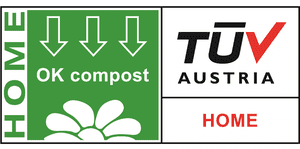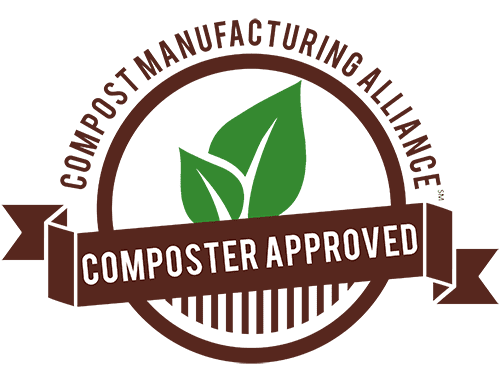Greenwashing began to rear its ugly head in the 1980’s, with a wide range of companies claiming to make “greener” choices for the positive publicity, while actively doing the opposite. These deceiving practices cost these companies huge sums, as well as led to the development of a variety of regulations on green marketing. Today, the line between green marketing and greenwashing is constantly blurred. How is calling something “eco-friendly” different from calling it “biodegradable?” What’s the difference between “biodegradable” and “compostable?” Understanding these terms and the ways in which they are used can help you make the right choices when choosing products to provide to your customers.
Let’s start with biodegradable and compostable. These two terms are often used interchangeably. But the truth is, they aren’t synonyms and carry very different meanings. Yes, both refer to products and materials that can be broken down by living organisms to return to nature. The key difference is the products. The product of compostable breakdown is, well, compost. And the key characteristic of compost is that it provides nutrients to the ecosystem to support growth and development. The products of biodegradation are natural elements that return innocuously to the Earth, and provide no further benefits to the ecosystem. In a similar analogy to all squares are rectangles but not all rectangles are squares, all compostables are biodegradable, but not all biodegradables are compostable.
Greenwashing has given truly environmentally-friendly products a bad rap. There are beneficial compostables and biodegradables out there, but they’re so restricted by greenwashing regulations, it can be hard to tell them apart from their less-than-truthful competitors. Here are a few ways to avoid getting caught up in greenwashing:
- Avoid very generic phrases like “eco-friendly.” Their generic nature means the provided environmental benefit may be very minuscule or nonexistent.
- Look for valid, 3rd-party-certification stamps and logos. Some of the most common are BPI (Biodegradable Products Institute), TUV Austria’s OK compost and OK biodegradable, ASTM standards and CMA (Compost Manufacturing Alliance).
- State the facts. If your product has been certified compostable or biodegradable, get as much information in front of the consumer as possible. The more facts a consumer has, the more valid your claim becomes.







